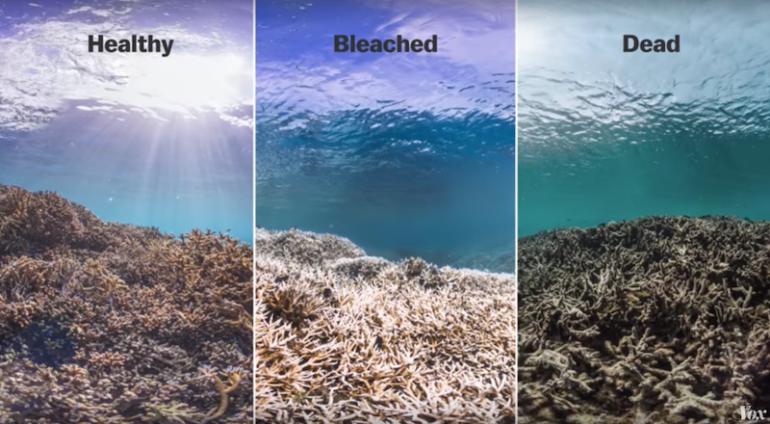The Great Barrier Reef is not completely dead, but there’s definitely a pretty grim forecast for its future. As you know, coral bleaching is killing off corals at an alarming rate, but up until recently there was some hope that coral reefs might weather this heat-storm.
We know that corals die when extreme hot weather causes water temperature to rise to intolerable levels for corals. As aquarists we are intimately familiar with how fast corals can grow when given optimal conditions, especially very stable conditions. The current looming existential threat for corals reefs, including the Great Barrier Reef, is how often these massive bleaching events are occurring.
It used to be that certain regions would only experience intense heat waves, followed by bleached corals, every ten years or so. But this year the GBR was the sight of consecutive bleaching events in less than one year, causing massive damage to the critical reef builders. Corals and their symbiotic algae can adapt, they can evolve, but only on a geologic time scale, and they won’t be able to do it if bleaching events keep knocking them down faster than they can grow.
There’s no question that the world is warming, from the tropics to the poles, and if drastic action isn’t taken to mitigate this then the wild reefs that are home to our beloved corals may not exist as we know them today. Here’s to hoping that the next few years are unseasonably cool in the tropical regions where are corals exist because if something doesn’t change and fast, our home reef aquariums may soon become a literal Noah’s Ark of threatened and endangered species.



